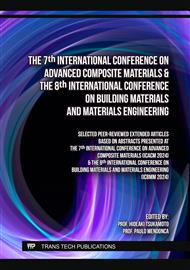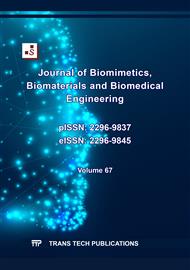p.1
p.9
p.21
p.37
p.45
p.63
p.81
p.95
Optimization of the Four-Link Transmission Mechanism of the Knee Joint of a Quadruped Robot Based on the Strut Structure
Abstract:
The knee joint transmission mechanism of quadruped robots usually adopts a fixed transmission ratio. Because the output torque of the knee joint fluctuates greatly during the support phase, a higher requirement is set for the torque output capability of knee joint actuator. Experimental data of multiple walking gaits was collected and parameters of the four-link transmission mechanism with strut structure for the knee joint were optimized using the complex method. In order to reduce the fluctuation of the output torque of the knee joint actuator, the knee joint is expected to maintain a higher transmission ratio at angles with higher torque output requirements. The optimization result shows that due to the limitations of the four-link mechanism, the knee joint has a larger transmission ratio at smaller angles and the maximum output torque angle, and a smaller transmission ratio at larger angles. During the support phase, the output torque of the knee joint actuator is significantly smoother, which can meet the use requirements to a certain extent.
Info:
Periodical:
Pages:
1-8
Citation:
Online since:
January 2025
Authors:
Price:
Сopyright:
© 2025 Trans Tech Publications Ltd. All Rights Reserved
Share:
Citation:



